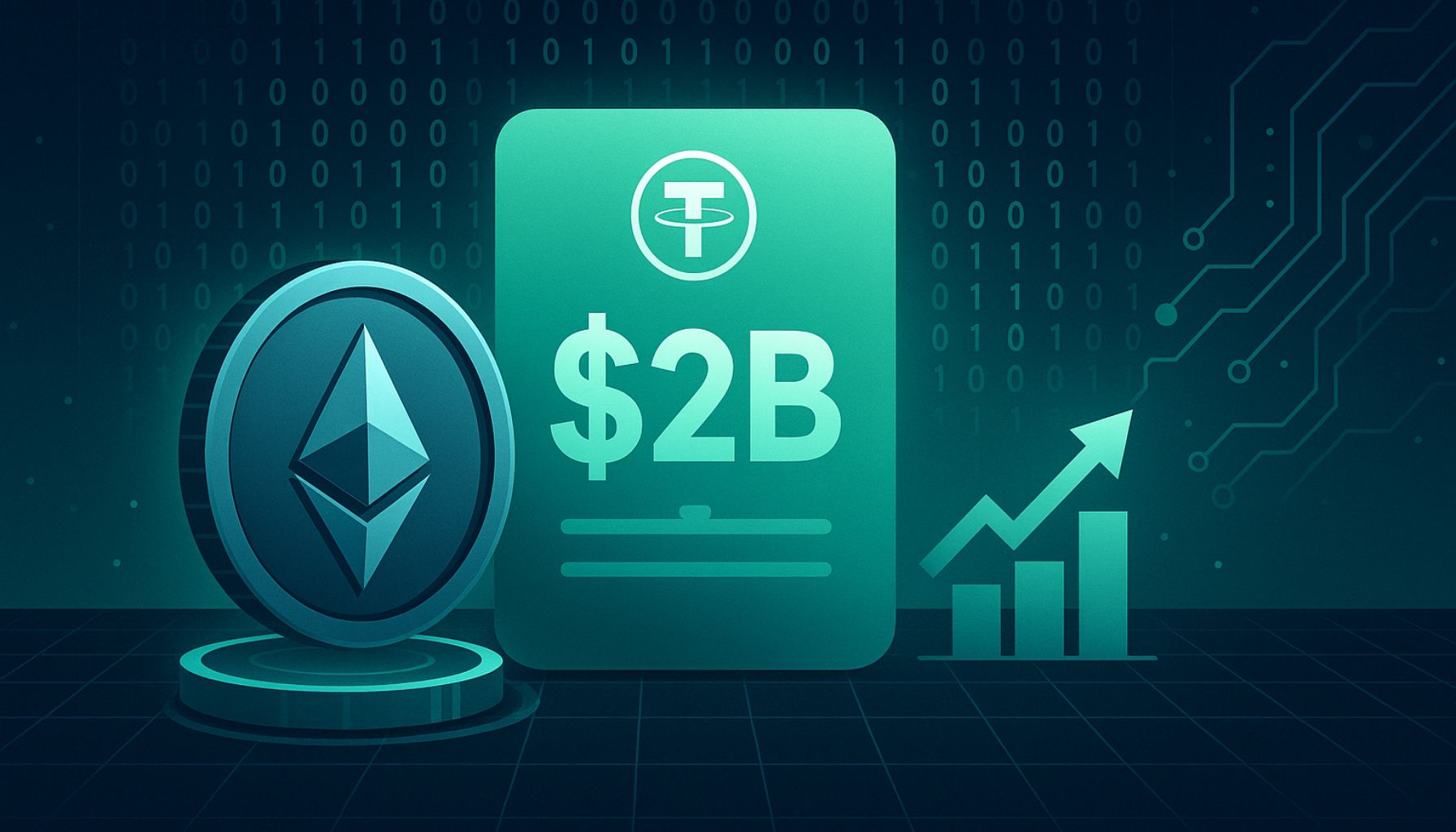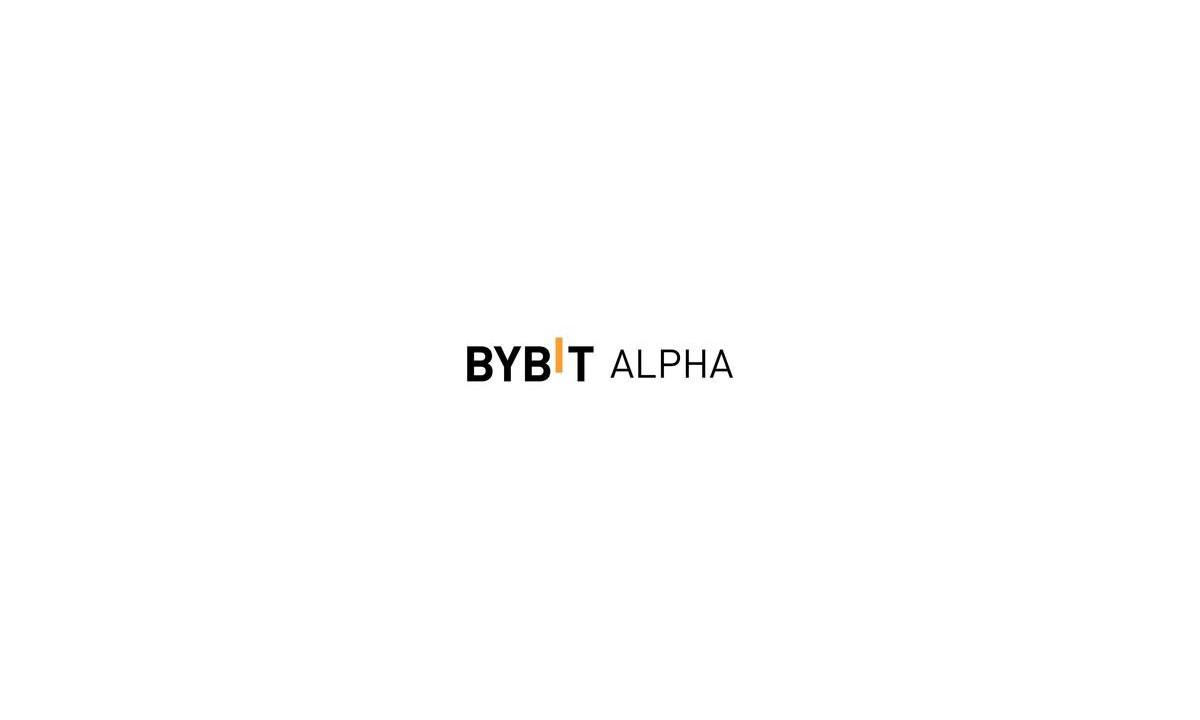BitMine ETH accumulation signals strategic treasury move

Bitmine eth accumulation post market crash dominated headlines after BitMine disclosed the purchase of 202,037 ETH (~$827 million) in a 13 October 2025 filing, following a sharp market downturn.
What happened to BitMine ether holdings after the crash?
BitMine’s disclosure shows a deliberate, large purchase of Ether reported on 13 October 2025. The company confirmed it added 202,037 ETH and also listed 192 BTC in the same filing. Importantly, the announcement framed the move as a strategic treasury allocation rather than a short‑term trade.
Consequently, the purchase has drawn attention because such sizable buys can affect available float and market psychology. Moreover, the transaction was reported and aggregated by market outlets, including Reuters, which corroborated the company’s figures.
How did eth dip opportunities and the crypto liquidation event create this window?
The recent market downturn produced forced liquidations and elevated selling pressure. In practice, that pressure created discounted entry points for buyers able to deploy capital quickly. Thus, BitMine cited the market dislocation as a tactical opportunity to accumulate.
What exactly creates these eth dip opportunities?
When leverage unwinds, prices can move lower than fundamentals suggest. As a result, large buyers often step in. Operationally, institutions use OTC desks and staged execution to limit impact. Therefore, patience and execution discipline matter more than timing alone.
How does this move relate to institutional eth accumulation and corporate crypto treasuries?
BitMine’s action is an example of growing institutional eth accumulation and the evolving role of corporate crypto treasuries.
Public firms increasingly treat crypto as a strategic asset class. Consequently, these treasuries seek to balance potential upside with governance and custody requirements.
From a practical standpoint, treasury teams stagger purchases, use institutional custody, and document trades for investors. This reduces slippage and counterparty risk, while improving transparency for stakeholders.
What are the market and on‑chain implications?
Large disclosed purchases can tighten effective supply, at least temporarily. Therefore, they may support price floors if demand persists. Additionally, on‑chain analytics have shown that mid‑sized holders have been net buyers in recent months.
For example, Glassnode Insights noted that mid‑tier holder accumulation helped underpin the latest price moves.
What should investors and risk managers watch next?
First, monitor public disclosures and custodial inflows. Second, watch OTC liquidity and spreads in the minutes and hours after large buys.
Third, regulatory guidance and reporting standards can change how companies account for and disclose crypto holdings. Finally, track on‑chain flows to identify whether the ETH moved into long‑term custody or to trading venues.
Practical perspective and expert context
In practice, executing a multi‑million‑dollar accumulation requires coordination across treasury, custody, and trading desks. Teams often pre‑arrange liquidity and use staggered execution to avoid market impact.
Likewise, clear disclosure policies help maintain investor trust when a company shifts part of its balance sheet into digital assets.
As Glassnode observed in October 2025, “mid‑tier holders… have been the main buyers behind the latest leg higher,” a pattern consistent with BitMine’s disclosed accumulation (Glassnode Insights).
Sources and further reading
Figures and confirmation are drawn from BitMine’s 13 October 2025 filing and market reporting. For ongoing coverage and background, see our Bitcoin News, Ethereum Updates, and the Market Insights Guide on Cryptonomist.
Ultimately, the BitMine accumulation after the crash highlights the tension between short‑term volatility and long‑term allocation. For treasuries and institutional investors, execution and governance remain as important as timing.





